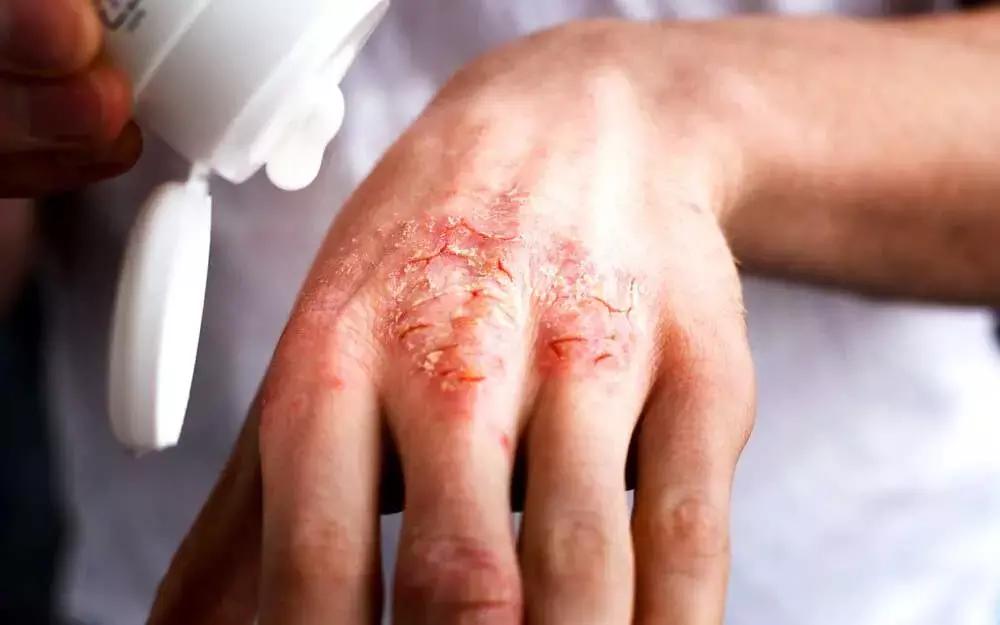Mouth Breathing At Night Tied To Atopic Dermatitis And Dental Malocclusion In Kids: Study
- byDoctor News Daily Team
- 03 August, 2025
- 0 Comments
- 0 Mins

According to a recent study, dentists from the Department of Pediatric Dentistry and Institute of Oral Bioscience, School of Dentistry, Jeonbuk National University, Jeonju, Republic of Korea have found out that there is a positive association between mouth breathing (especially during sleep) and allergic diseases, including AD and dental malocclusion in school-aged children.
The study is published in the Journal of Dental Sciences.
Recently, mouth breathing has been reported as a risk factor for immune diseases such as atopic dermatitis (AD; synonyms: atopic eczema and childhood eczema). However, the mechanism whereby mouth breathing is associated with AD has not been elucidated, and there is not enough evidence that mouth breathing is associated with an increased risk of AD in children.
There have been some prospective cohort studies examining whether mouth breathing influences allergic diseases such as asthma and AD, but clinical studies have been limited to date. Therefore, Dae-WooLee and colleagues carried out this study to investigate the association of mouth breathing with oral health and allergic diseases, including AD among schoolchildren.
A total of 1507 children were included. A questionnaire was used to investigate children's mouth breathing habits and personal/family histories related to allergic disease. Oral health status was determined through a clinical oral examination. Data were analyzed with multivariable logistic regression.
The results showed were-
a. A moderate relationship was observed between mouth breathing and AD (adjusted odds ratio, 1.05; 95% confidence interval, 1.00–1.10; p-value, 0.035), whereas no association was found between mouth breathing and dental caries in children.
b. Mouth breathing during sleep (MBS) was closely related to allergic diseases and other respiratory diseases.
c. Furthermore, mouth breathing was associated with the child's tonsillitis and was identified as a possible risk factor for class II dental malocclusion.
Hence, it was concluded that "there is a positive association between mouth breathing (especially during sleep) and allergic diseases, including the AD in school-aged children. The influence of mouth breathing on dental caries remains uncertain. An intervention trial is required to evaluate whether the prevention of mouth breathing can reduce the risk of allergic diseases."
Disclaimer: This website is designed for healthcare professionals and serves solely for informational purposes.
The content provided should not be interpreted as medical advice, diagnosis, treatment recommendations, prescriptions, or endorsements of specific medical practices. It is not a replacement for professional medical consultation or the expertise of a licensed healthcare provider.
Given the ever-evolving nature of medical science, we strive to keep our information accurate and up to date. However, we do not guarantee the completeness or accuracy of the content.
If you come across any inconsistencies, please reach out to us at
admin@doctornewsdaily.com.
We do not support or endorse medical opinions, treatments, or recommendations that contradict the advice of qualified healthcare professionals.
By using this website, you agree to our
Terms of Use,
Privacy Policy, and
Advertisement Policy.
For further details, please review our
Full Disclaimer.
Tags:
Recent News
Pfizer files lawsuit against Metsera, its Director...
- 02 November, 2025
Health Ministry achieves 3 Guinness World Records...
- 02 November, 2025
Roche gets CE mark for Elecsys Dengue Ag test to d...
- 02 November, 2025
Daily Newsletter
Get all the top stories from Blogs to keep track.


0 Comments
Post a comment
No comments yet. Be the first to comment!